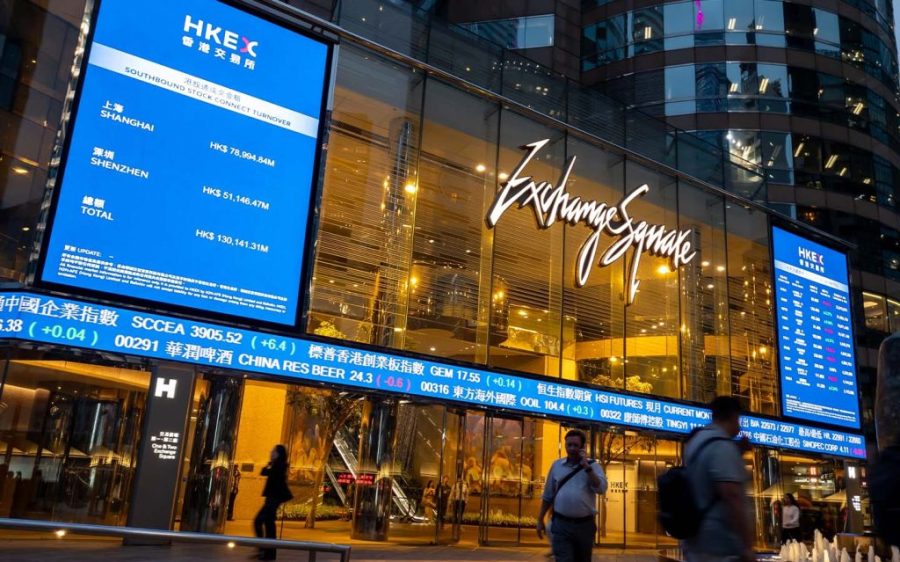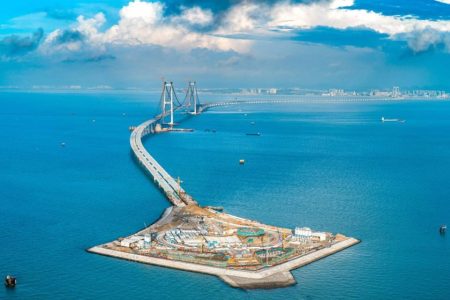Hong Kong’s Hang Seng Index is set to return nearly twenty percent over the first six months of the year, leading regional bourses and outperforming global stock markets. In comparison, the MSCI World is up 5 percent while the S&P 500 has gained about 2 percent during the same period.
Attractive market valuations and renewed risk appetite have fuelled the market rally, Steve Alain Lawrence, chief investment officer at Balfour Capital Group, tells Macao News. After closing 2024 higher, stocks have extended their gains following the late-January release of Chinese artificial intelligence platform DeepSeek, whose lower costs and broad applications provided a new impetus not just to technology companies, but for the wider index as well.
Emerging technologies and commercial innovations are coinciding with Beijing’s renewal of its commitment to the private sector, in what is interpreted as a policy shift centred on economic growth, Lawrence explains.
“With regulatory clarity stabilising alongside the central bank’s supportive monetary stance, investors view Hong Kong as a liquid, accessible gateway to China’s long-term growth story,” he says, reflecting Beijing’s backing to nurture the next generations of advanced industries and manufacturers by expanding their access to capital.
Rebounding from US tariffs
Though Washington’s initial tariff reprieve is set to expire in July, the market appears to have moved on.
“Hong Kong’s rebound to pre-Liberation Day levels reflect investor confidence that fundamentals matter more than policy headlines,” Lawrence says, noting that institutional portfolio managers are increasingly treating geopolitical tension as background distractions and instead allocating their exposure towards new economy sectors supported by secular tailwinds, particularly electric vehicles and clean tech companies.
Even with tariffs higher now than they were at the start of the year, investors continue to see further room for Hong Kong stocks to rally. The Hang Seng Index trades at a lower market multiple than the S&P 500 while low HIBOR rates (the benchmark rate at which Hong Kong banks lend to one another) and strong southbound flows will continue to channel liquidity into an index heavily represented by technology, real estate, and financial constituents.
Those conditions bode well for capital market deals in Hong Kong, which saw a 33 percent increase in initial public offerings in the first half this year, making it the third busiest stock exchange by deal count. In May, Chinese battery manufacturer Contemporary Amperex Technology raised HK$41 billion (US$5.2 billion) through a secondary listing in what has been the largest deal globally this year, showcasing investor appeal to diversify away from US dollar assets.
“Hong Kong is increasingly seen as a neutral listing venue, one that is geopolitically insulated, but globally connected,” Lawrence says, who considers the influx of high-tech companies utilising Hong Kong’s deeper capital pool as transforming the index into a newly watched benchmark for new economy stocks.
Economic headwinds
Despite the upbeat capital market outlook, analysts note that China’s growth momentum could fade in the second half of the year. Industrial producers have witnessed front-loaded orders as customers utilise the tariff reprieve ahead of its expiration while trade-in subsidies and an earlier June promotional period have helped boost consumer spending.
Analysts are pencilling a fiscal boost to offset payback of softening demand; otherwise, new listings could risk pulling capital away from existing stocks and hamper the index’s performance. Even with perpetual reprieves, Chinese tariffs to the US remain around 40 percent, significantly higher than the 11 percent before the start of the year, according to Morgan Stanley, which expects any trade agreement to be unable to uphold the current economic trajectory.
However, fund managers see the capital rotation into Asia as structural and not tactical. “With large allocators seeking diversification and geopolitical hedging, the rotation out of U.S. equities is likely to continue, supporting Hong Kong’s momentum even amid global uncertainties,” Lawrence comments.






